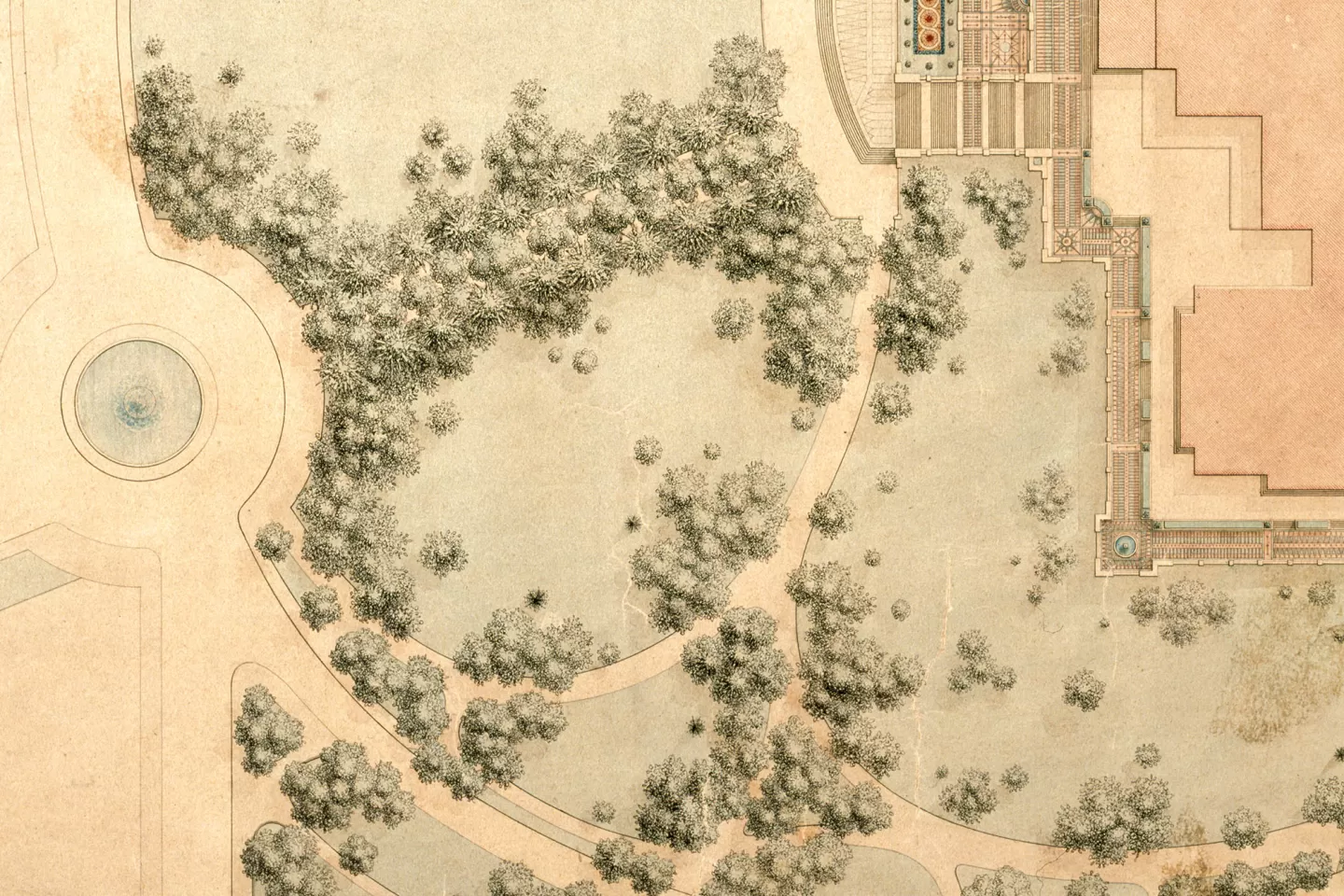Highlights
Endemic to the mid-western United States, the Kentucky coffeetree is now found throughout the North American content due in large part to its introduction by Native American communities that valued the tree for its medicinal properties. Early European settlers also used the seeds from the long bean-like pods as a substitute for coffee. The species is now used throughout many urban landscapes as it's tolerance of drought and poor environmental conditions is ideally suited for city life.
There is one original Kentucky coffeetree still living on the U.S. Capitol campus today.
(Photo coming soon.)
About the Olmsted Originals
Landscape architect Frederick Law Olmsted's 1874 General Plan for the U.S. Capitol Grounds sought to create a setting to accentuate the monumentality of the Capitol Building. Approximately 45 of Olmsted's trees remain today, having endured more than a century of urban life on the front stage of American democracy.
Each tree has its own unique features and preservation challenges, and the Architect of the Capitol's arborists employ industry best management practices to ensure these trees are given the very best care to remain safely in the landscape for current and future generations to enjoy.
